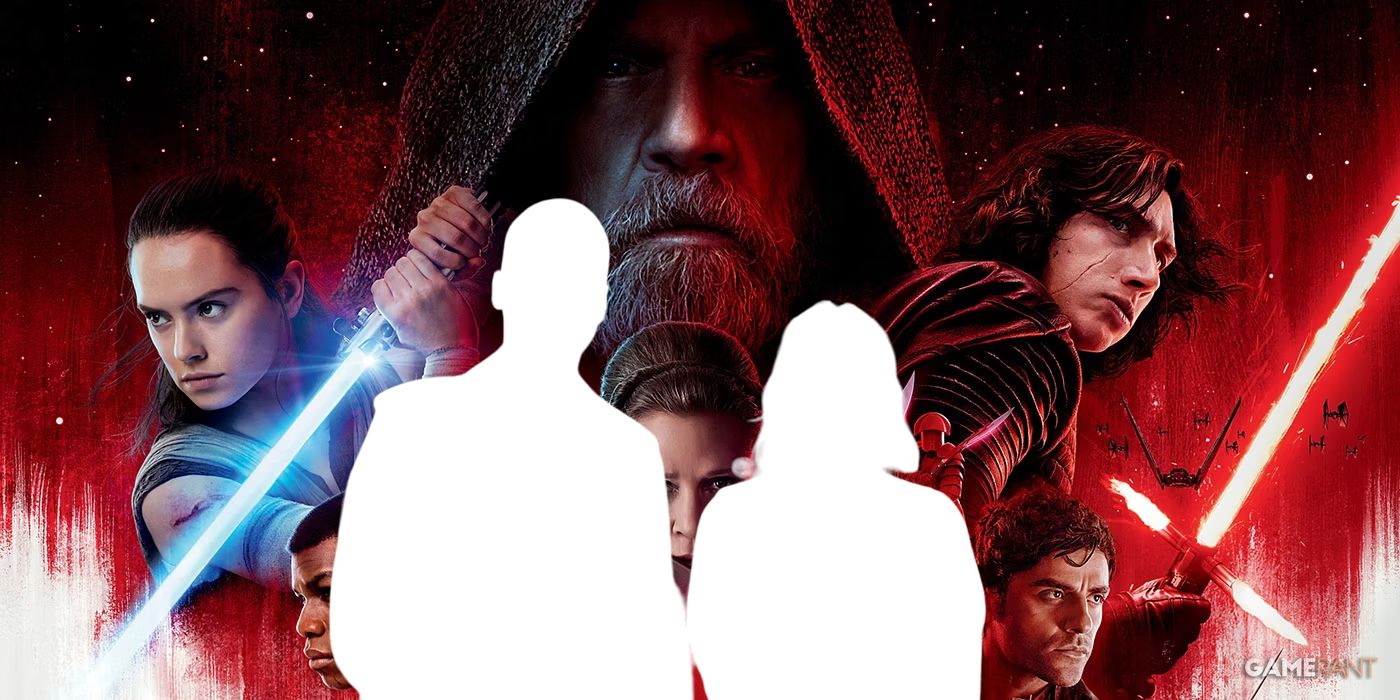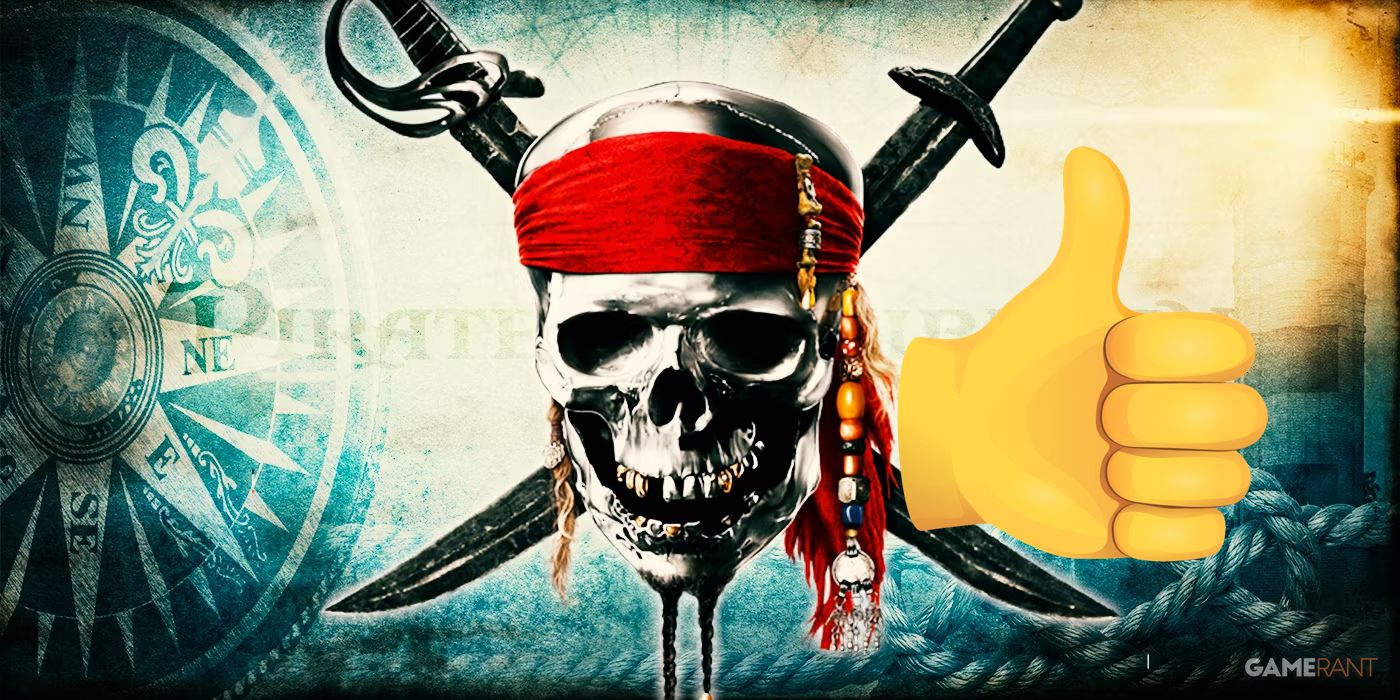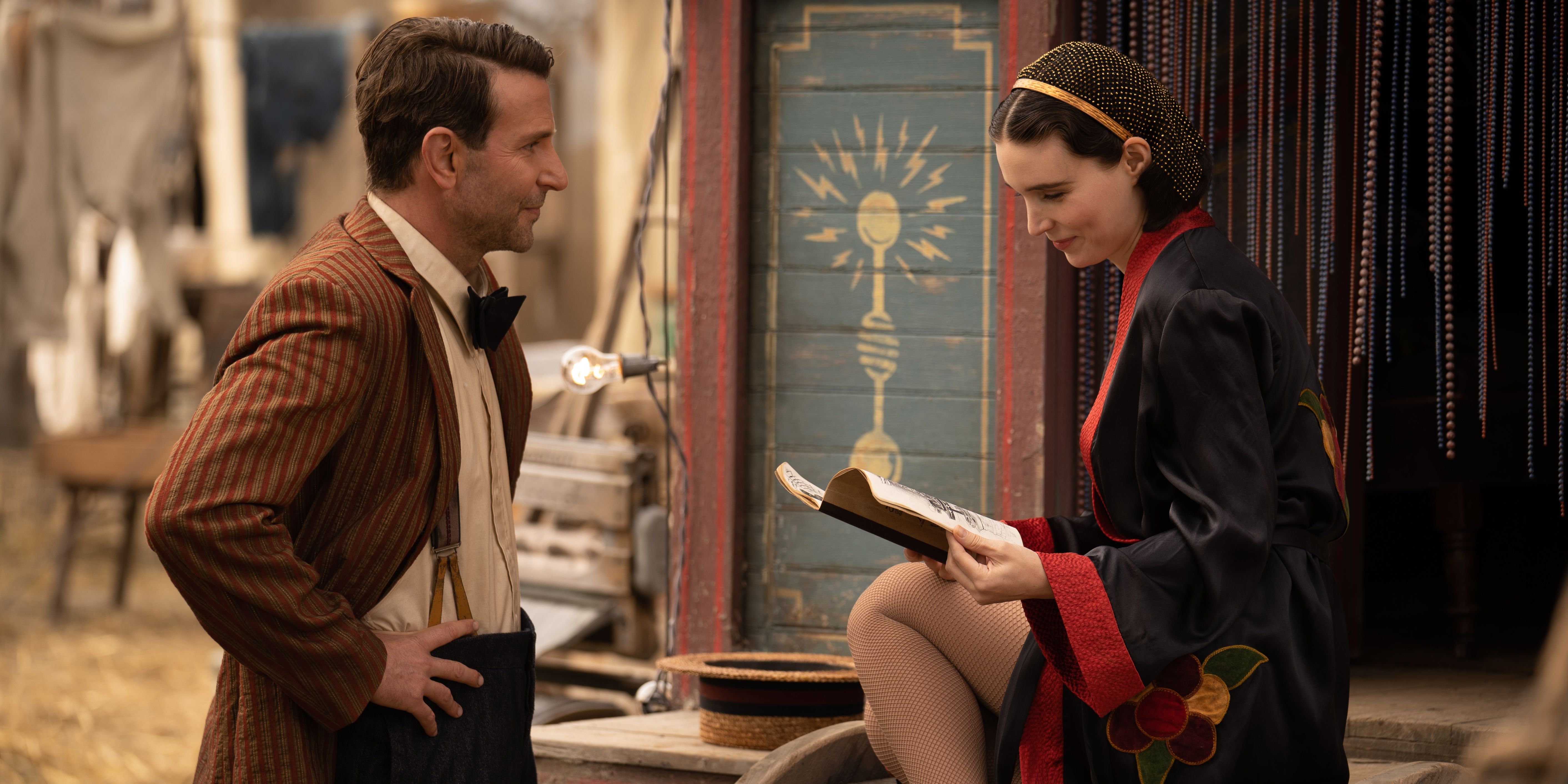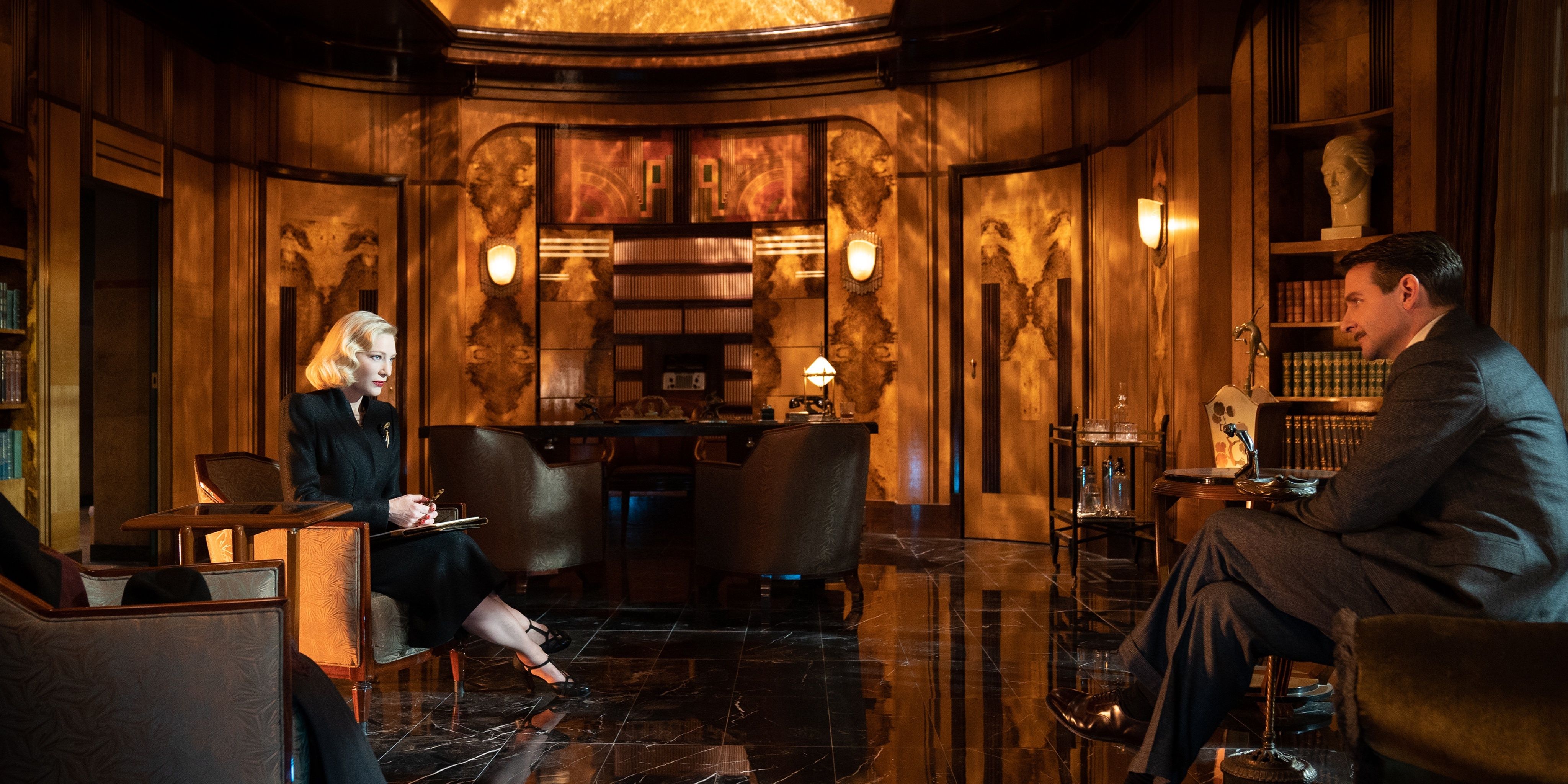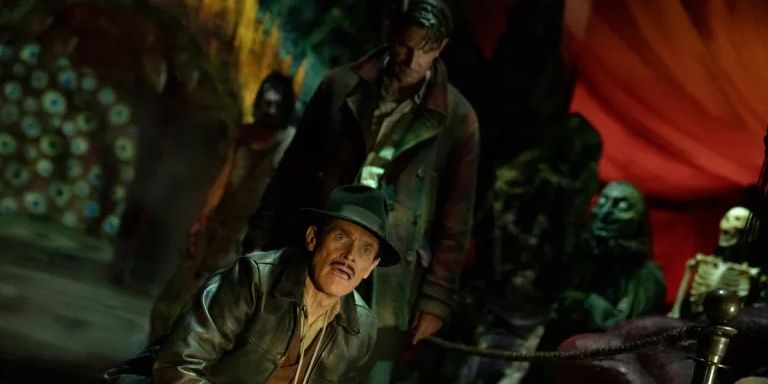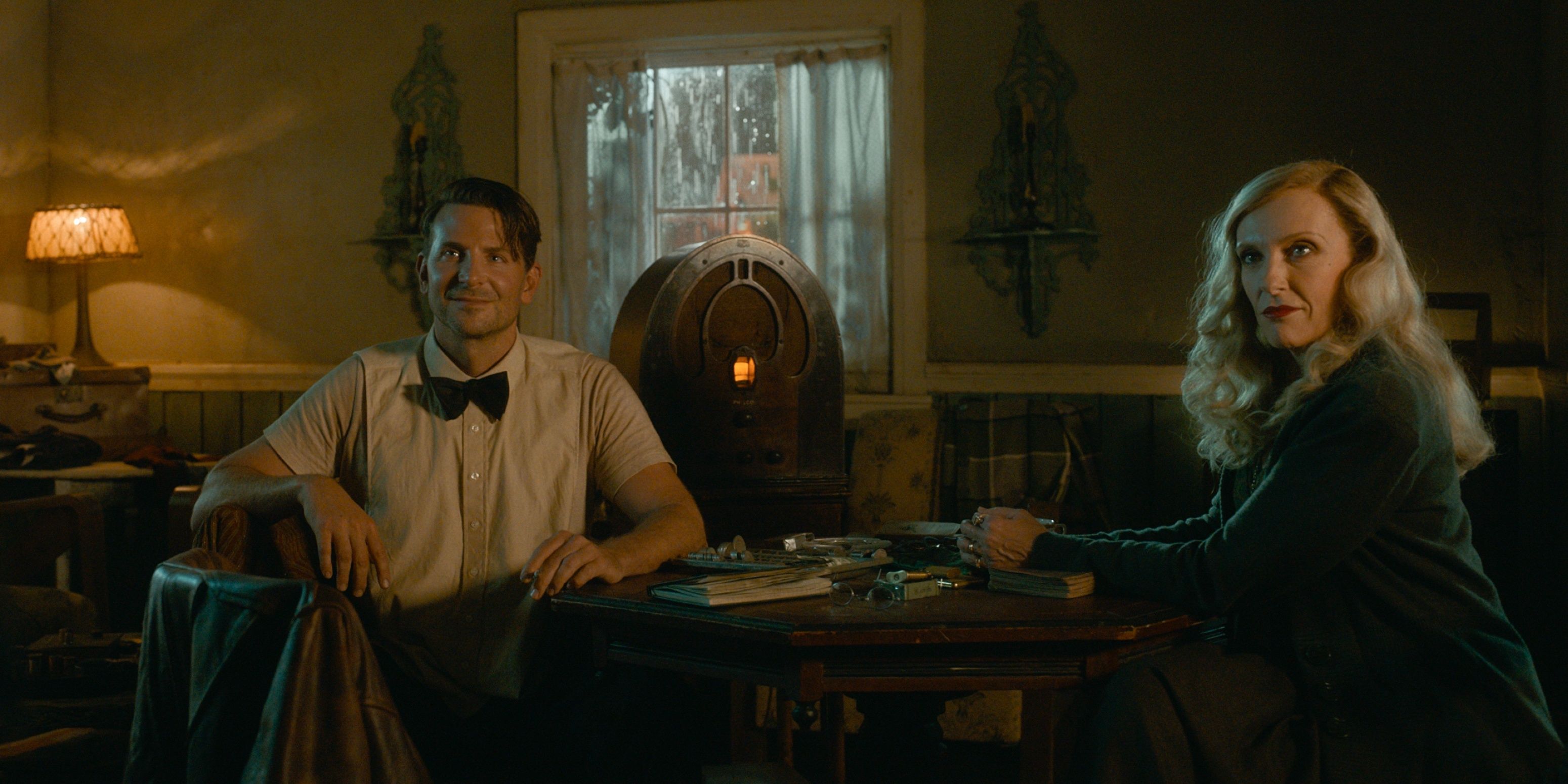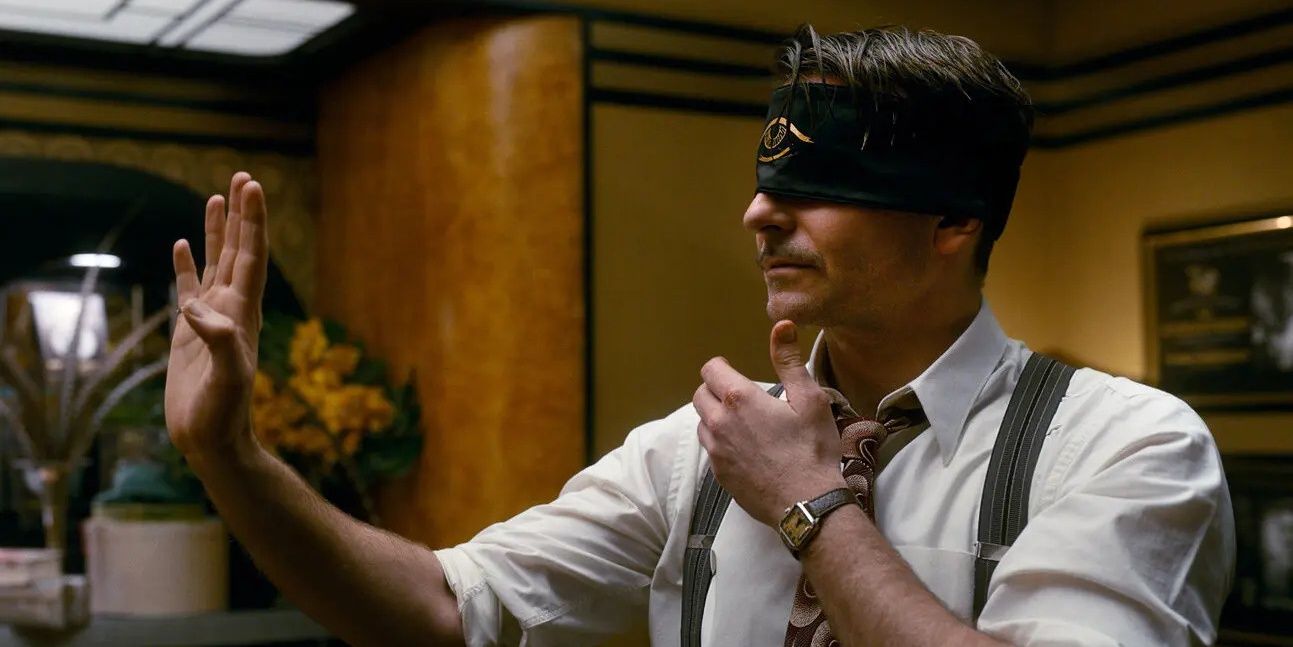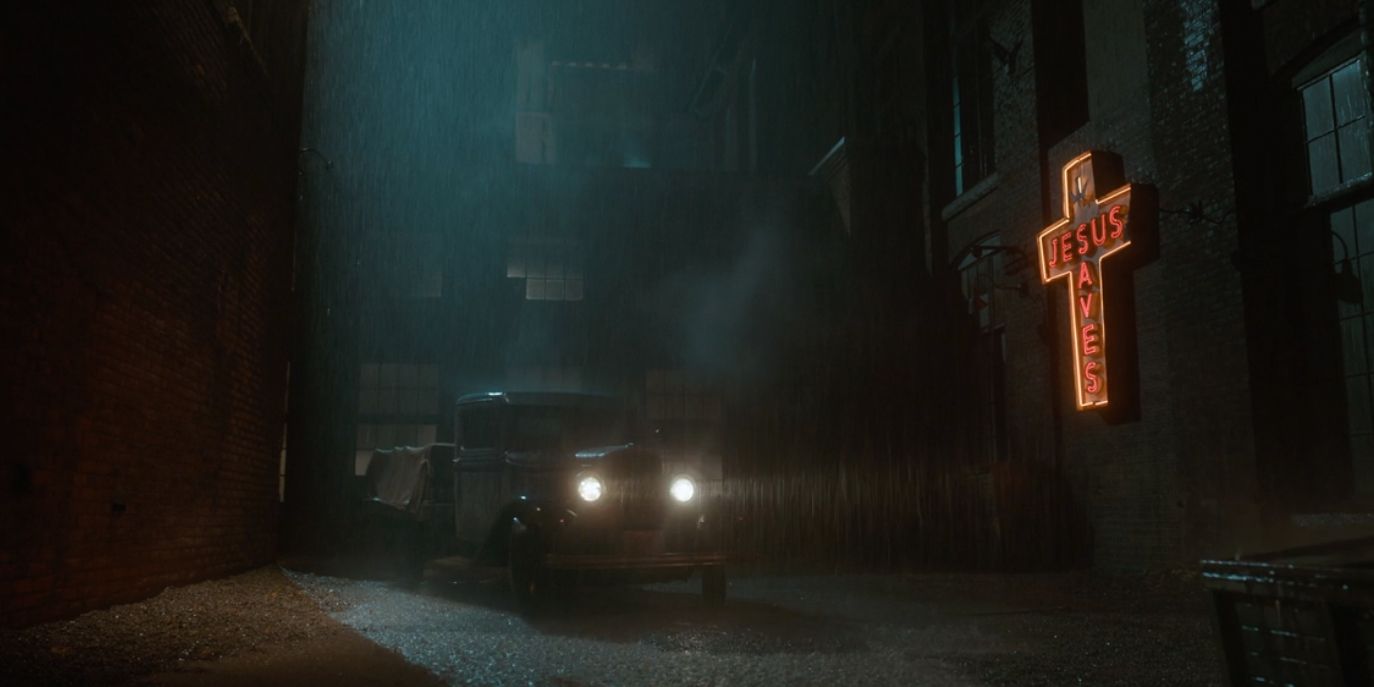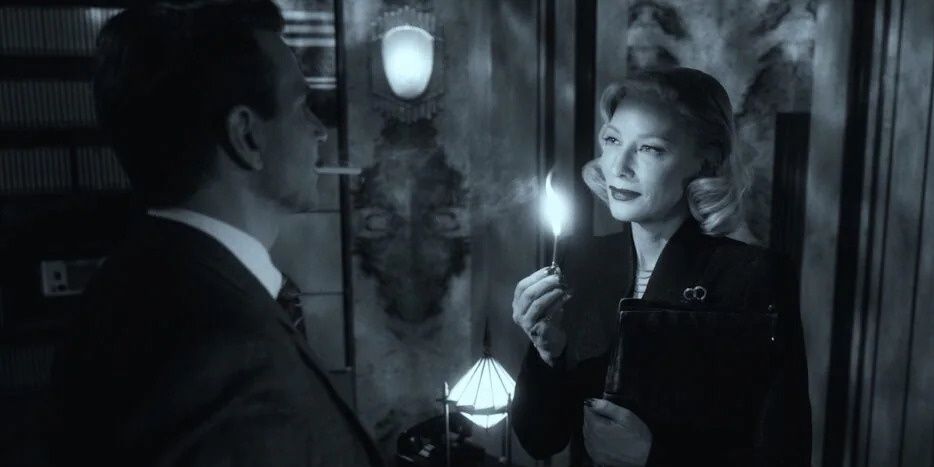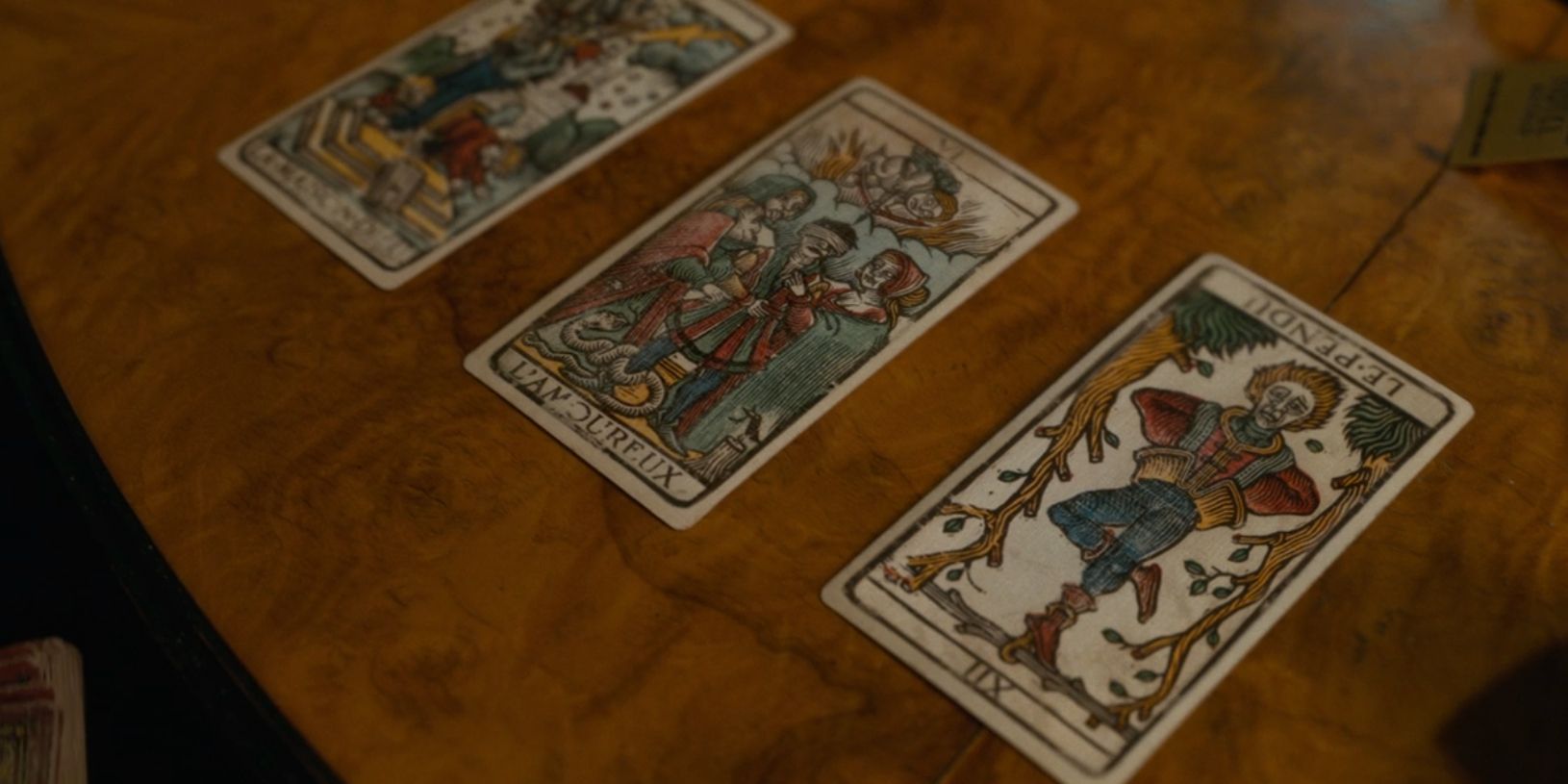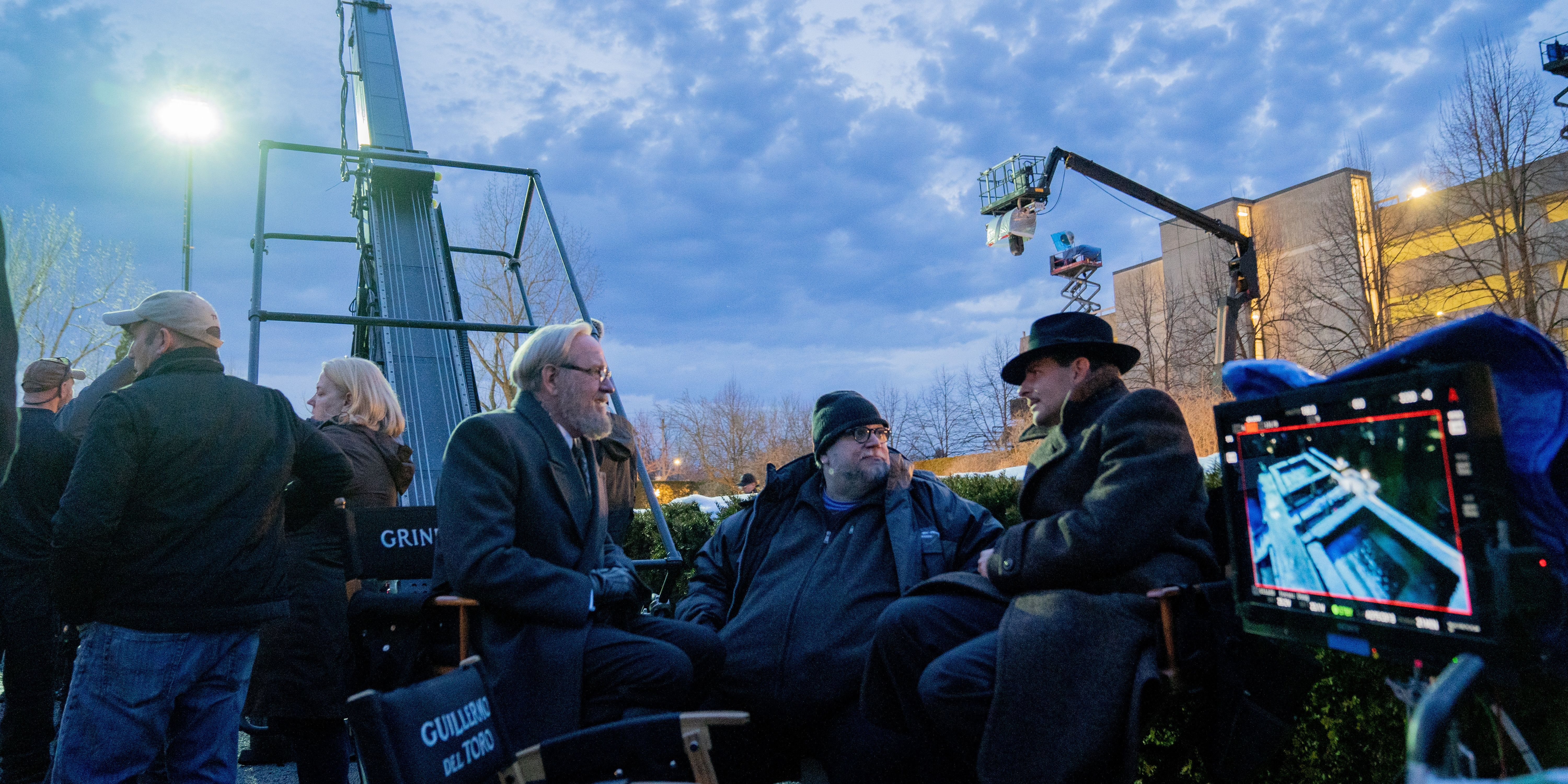Guillermo del Toro has dazzled audiences more times than we’d like to admit. From his Oscar-winning The Shape of Water to the twisted fairytale of Pan’s Labyrinth, del Toro has consistently proven himself as an expert storyteller and master of the macabre.
In Nightmare Alley, del Toro takes audiences on a mysterious ride through the American Rust Belt of the 1930s and 40s. Following the crooked tale of carnie-turned-mentalist Stan Carlisle (Bradley Cooper), Nightmare Alley features del Toro’s mastery of small, hidden details. Like many movies, Nightmare Alley (which is based on the 1947 film and novel of the same name) is full of Easter eggs and nods to classic films, but it also holds many behind-the-scenes secrets that help make the film impactful. Here are the just some of those little details that may have gone unnoticed.
9 Lilith’s Walls Feature Rorschach Inkblot Patterns
Eventually Stan finds his way to psychologist Lilith Ritter’s (Cate Blanchett's) office. The interior is a marvel of Art Deco stylings, with a skylight, marble floors, and even a sculpted bronze ashtray. But look a little closer, and viewers might notice that the wooden panels lining the office walls aren’t your everyday facade.
In fact, plastered all over them are Rorschach inkblots — the stereotypical but disproved pictures used to psychoanalyze patients. This great little detail shows just how put together and purposeful Lilith’s character is. She’s a woman with a plan, and her office is the perfect example of her character manifested into a setting.
8 The Repetition of the Geek Story
It’s pretty obvious to any who watched the film all the way through that Stan has come full circle by the film’s conclusion. Weak and so addicted to booze that he’s constantly in danger of dying from detoxing, Stan becomes desperate enough to accept a job as a Geek.
But audiences might have missed the repetition of Clem’s own lines earlier in the film. Specifically, a carnival boss has to emphasize that the position is only temporary, and that they’re just waiting to find themselves a real Geek. Having heard Clem say those exact words all those years ago, and knowing full well that by accepting, Stan will die a miserable wretch in that carnival, he fulfills his destiny with those haunting words: “I was born for it.”
7 Four Notes Represent Stan’s Entire Character
As reported by Variety, Nathan Johnson (the film’s composer) revealed to del Toro that he used just four notes to build the theme that plays when Stan first appears in the film’s opening scene. The song, “Man or Beast” (which riffs on Stan’s descent from a showstopper to a pitiful alcoholic Geek), represents Stan because, according to Johnson, “He’s such an empty man that it should be simple.”
Del Toro reveals that those same four notes are also the last ones to be heard in the film, showing that Stan has come full circle.
6 Grindel’s Bodyguard Actually Got Run Over
Del Toro has revealed in an interview that Anderson (Holt McCallany), Grindel’s bodyguard, actually does get run over and dragged by the car. Thanks to movie magic, it of course wasn’t a real car that ran him over — but it wasn't CGI, either.
Instead, del Toro instructed his production designer, Tamara Deverell, to create a car made out of polyurethane rubber so that the actor could be seen getting hit onscreen. A pulley system then allowed McCallany to get dragged behind the car as Stan made his getaway. Practical effects like this make Nightmare Alley all the more immersive, as the film relies on far less CGI than previous films like The Shape of Water.
5 Stan’s Watch Doesn’t Work
This is more to do with filmmaking than anything else, but the symbolism that can be derived from this detail is too juicy to pass up. According to Christopher Geggie, the movie’s prop master, Stan’s watch (which he claims is his dead father’s) is the only thing of any worth that the antihero possesses. The fact that it doesn’t work makes filming easier. Continuity becomes less of a problem, because the time will always be the same even if a scene is shot over multiple takes, and that annoying ticking sound won’t be captured on any microphones.
But for a broken soul like Stan, this broken watch also perfectly reflects his own serious character flaws. By the end of the film, it certainly seems as if Stan's time is up.
4 Del Toro References His Own Film, Mimic
While working on set designs for Nightmare Alley, del Toro decided he wanted to reuse a prop from his first English-language film, Mimic: a giant neon cross that reads “Jesus Saves.” The cross can be found on the side of the Salvation Army building where Stan and Clem dump the Geek.
Oddly enough, a few of the letters fizzle out a few seconds into the scene. Apparently, this was completely coincidental, making for an iconic shot that makes this Easter egg all the more interesting. In the end, it seems this hidden detail fits Stan’s story perfectly: he is beyond saving.
3 A Black & White Version Exists
Nightmare Alley has been called a modern film noir by many critics, but del Toro seems to have taken things one step further by unveiling an additional black and white version of the film during a limited release in Southern California.
Titled Nightmare Alley: Vision in Darkness and Light, the black and white version was adapted from the original theatrical release; however, cinematographer Dan Laustsen says he shot the original in such a way that the lighting would work in both color and black and white. Calling it “another movie” entirely, Laustsen certainly seems proud of the way light and shadow play with each other in this very rare version of the film.
2 Tarot Cards Symbolize Real Magic
Zeena (Toni Collette) was one of Stan’s closer friends while he was still working as a carnie. Early on in the film, she and Pete tell him that mentalism can be a bit of a slippery slope. Never do a spook show, Pete warns Stan, referring to a trick where a mentalist pretends to be in contact with a deceased loved one. Zeena quickly tempers this assertion by mentioning that while mentalism is phony, Tarot cards always give you some kind of answer.
Later in the film, Zeena has Stan draw three cards to peer into his future. The final card he draws? The Hanged Man, upside down — which Stan jokingly turns right-side-up in order to set things right. This card foreshadows his downfall at the end of the film, but it’s also del Toro’s way of telling audiences that magic does exist, just not where Stan has been looking. Stan’s corrupt version of magic, which takes advantage of the desperate, is nothing but a hoax, whereas genuine, well-meaning characters like Zeena can harness mysticism for real.
1 The Camera Never Stops Moving
Some recent films have dabbled with scenes that give the impression of having been filmed in one take (think 1917 or Atomic Blonde). While Nightmare Alley doesn’t try this exact technique, take a closer look, and viewers will notice that the camera never really stops moving, even when it looks relatively still.
Whether Stan is fighting, moving, or just sitting down, the camera is always on the move. Cinematographer Dan Laustsen talks about how there are no static shots in the film and how he “wanted the camera to remain curious.” Audiences can definitely notice this once it’s been pointed out. Even when Stan is standing relatively still, the camera might pivot one way or the other, rotating ever so gently around his head in closeups or panning as a character moves through the shot. With the cameraman as curious as he was, it’s no surprise del Toro and his editor had to edit out an hour out of the film’s original 3 hour and 15 minute cut.


